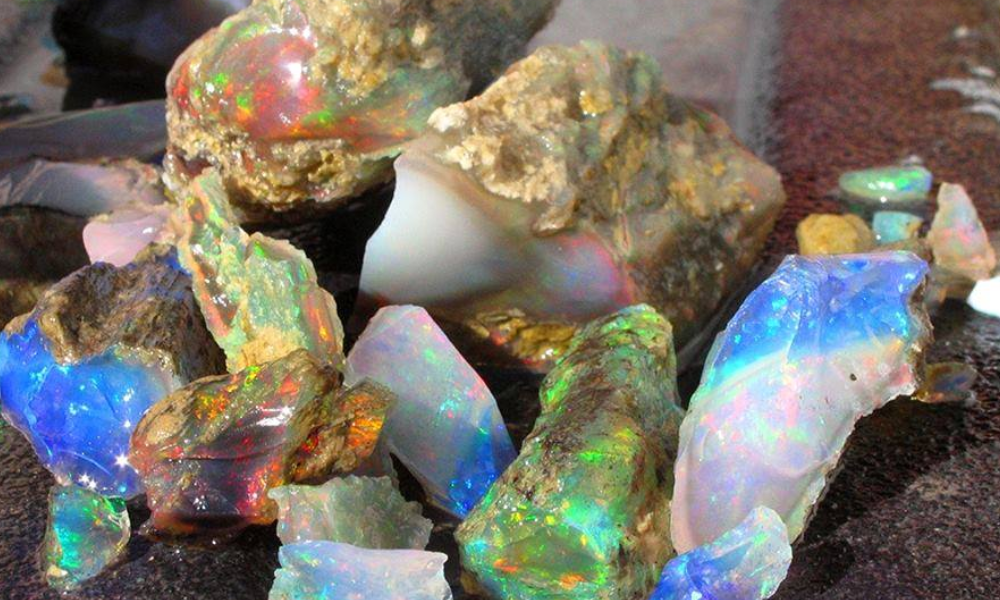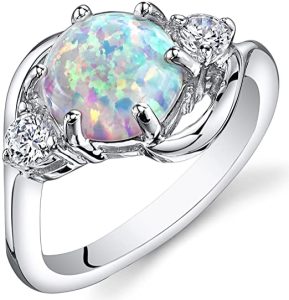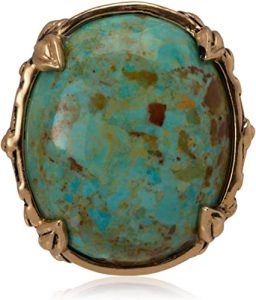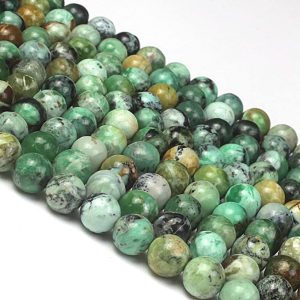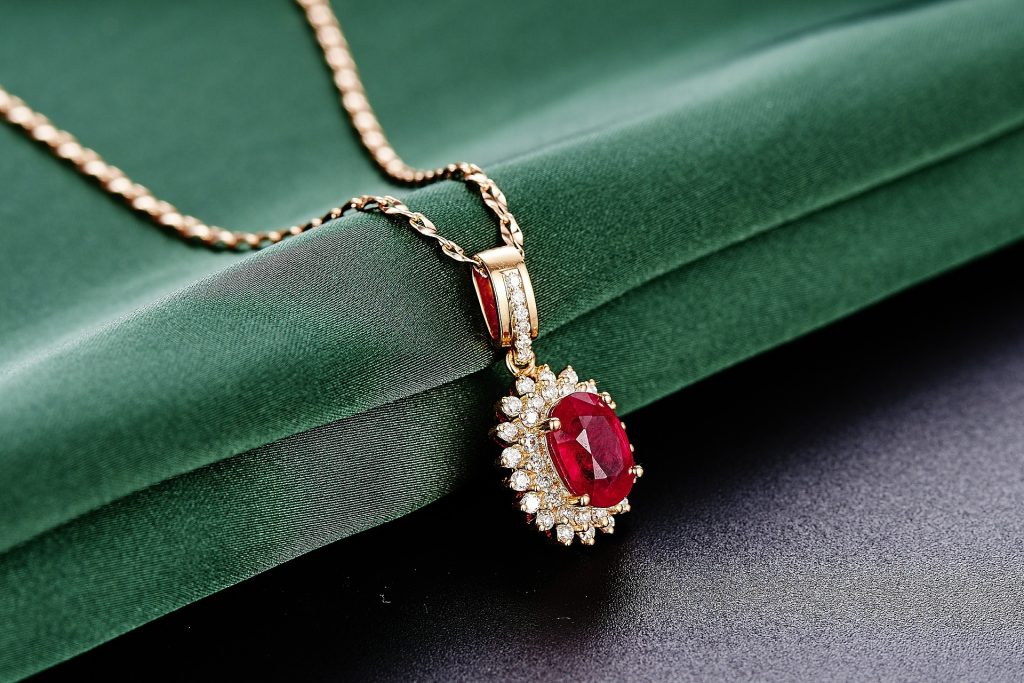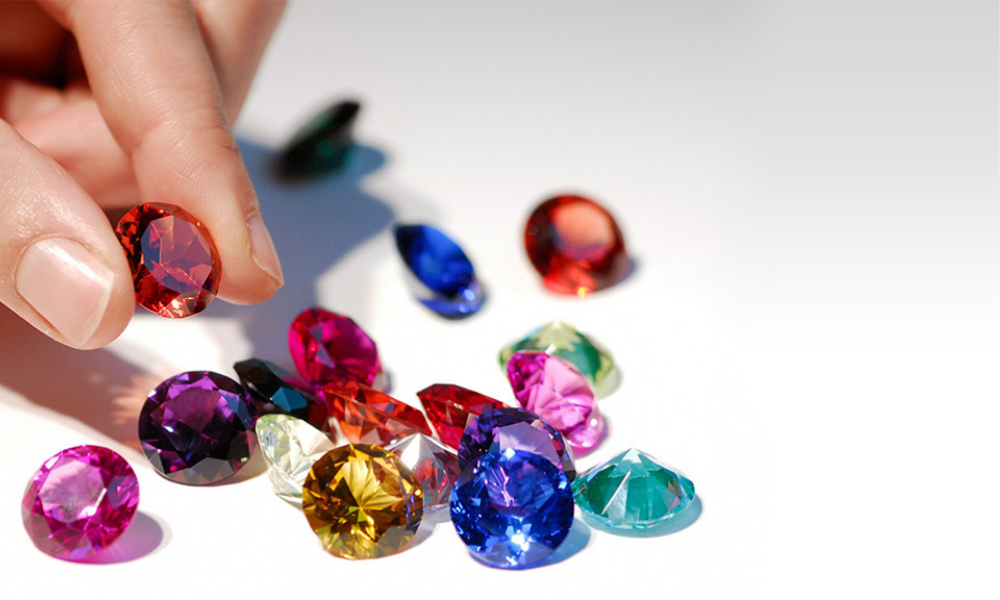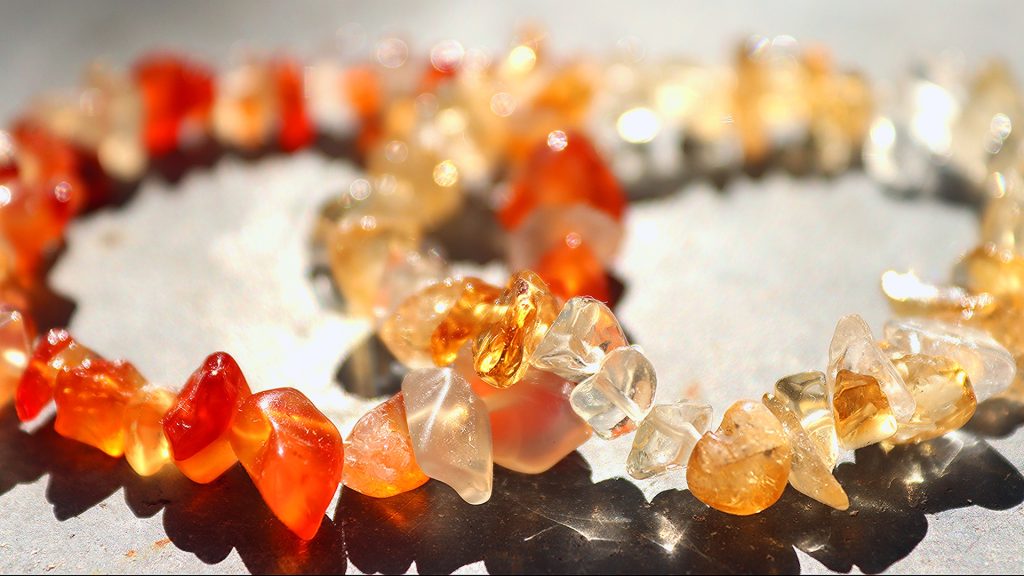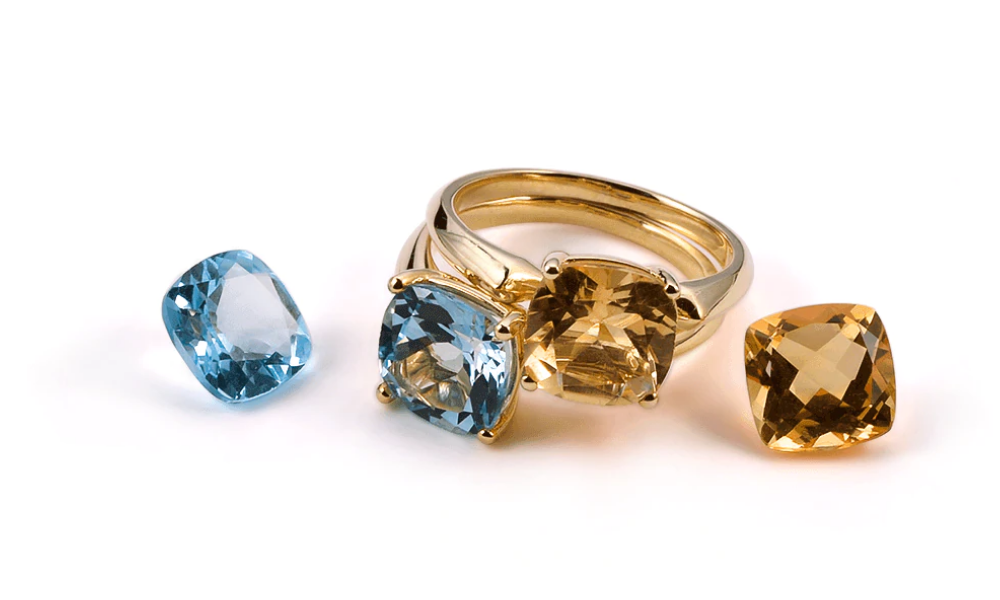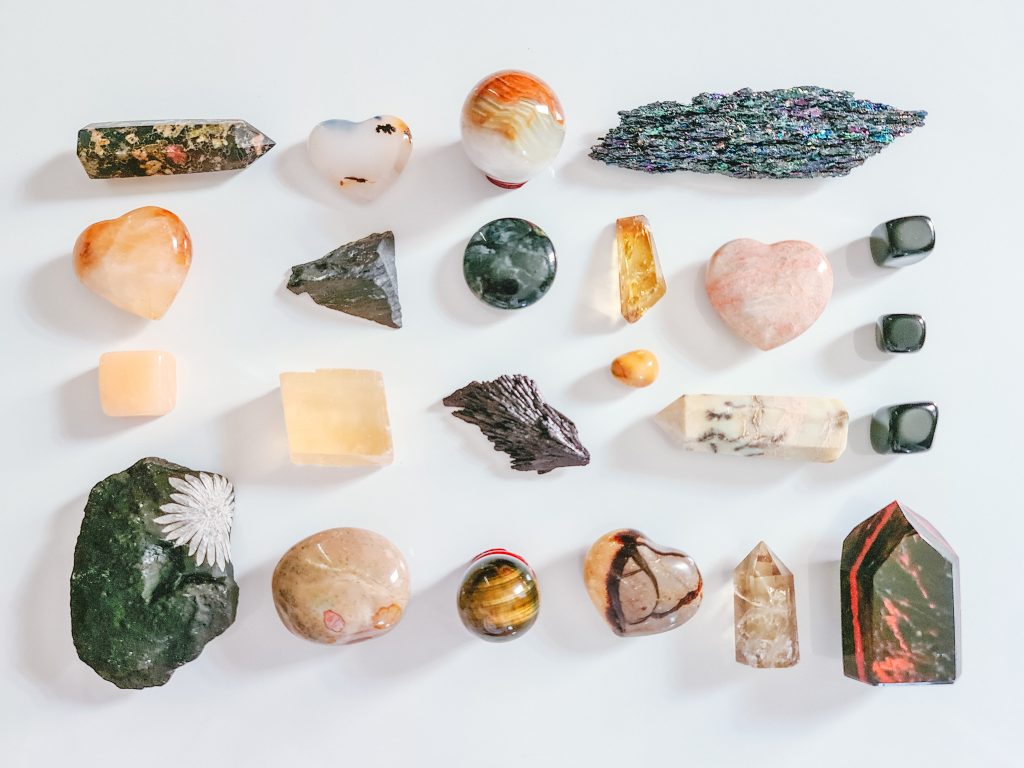The Virgin Valley is one of just two locations on the planet where black fire opal may be discovered, making it the state gemstone. I can only find this opalized prehistoric wood in Nevada, the only state in the US that produces this precious gemstone. On the other hand, Nevada is home to discovering a variety of opal varieties. 2005 saw the official selection of the state gemstone. Please continue reading to learn more about the history of the state gemstone and where it came from.
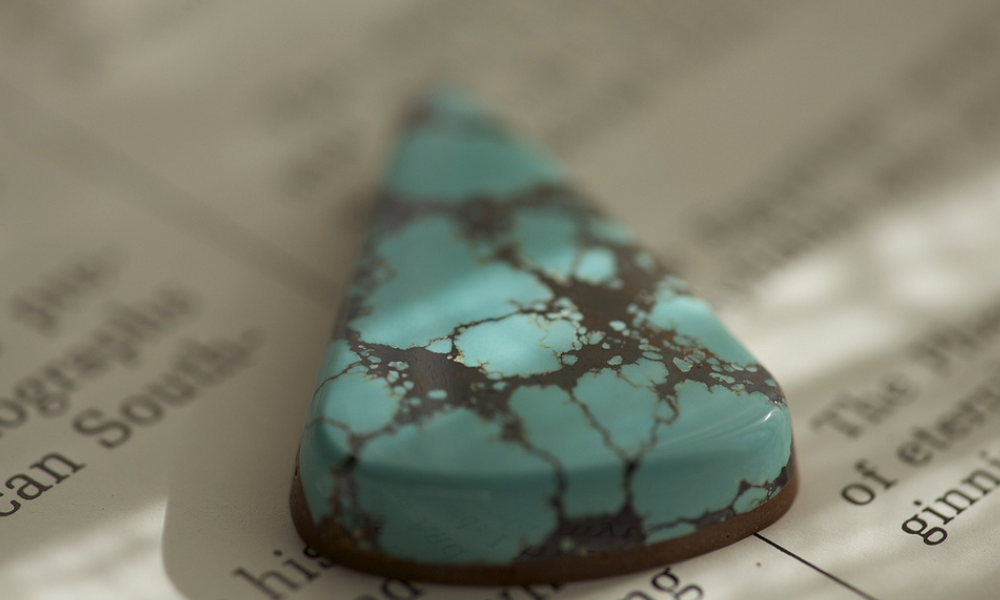
The black fire opal, which may be found in the Virgin Valley close to the Oregon border, has been designated as Nevada’s official state gemstone. The Virgin Valley was the location of the discovery of a semiprecious stone that is now recognized as the state’s official gemstone in the year 1905 or 1906. The water that is dissolved in the gemstone is what gives it its vivid colors. Even though this precious stone can be unearthed in various locations across the globe, the Virgin Valley is the only site on earth where it has been discovered in considerable quantities.
What is Nevada’s State Gem?
The stunning and multicolored black opal found in Nevada has made the state famous. The state is home to some extraordinarily valuable opal beds and has been responsible for creating some truly remarkable and priceless specimens. The opal beds in Virgin Valley, located in the northwestern corner of Humboldt County, are probably the most well-known gemstone locale in Nevada. In this secluded region, the presence of wood or other plant material has been replaced by beautiful opal of the highest grade, which emits a multicolored rainbow of light.
The Virgin Valley Opal field is located in a desolate desert region to the south of Highway 140 and approximately 25 miles to the southwest of Denio. In 1905, . discovered that this area contained precious opal and established several claims at the same time. Since that time, sporadic exploration efforts on these deposits have been carried out by various companies. The opal field spans an area that is roughly 5 miles broad and 10 miles long, and it is located in separate beds that outcrop along the walls and slopes of the Virgin Creek Valley.
Nevada is the leader in gold production in the United States, and there is not even one other state that comes close. In addition to this, Nevada is one of the states that produce the most gemstones overall. Gem materials such as opal, turquoise, variscite, and many others are extracted from Nevada mines.
Nevada Opal
Opal is the most well-known gemstone in Nevada today. The Virgin Valley area in the state’s northwest corner produces some of the world’s best black opal. Millions of years ago, a volcanic eruption coated the earth in ash and buried a nearby forest. Parts of Virgin Valley are now covered in nearly 100 feet of opal-bearing tuff and volcanic ash from that eruption.
Some of the submerged wood is petrified when groundwater is carried in dissolved silica. In the open areas of the wood, silica precipitated and replaced the woody substance. Some of the silica crystallized into lovely valuable opal. The Royal Peacock, Bonanza, and Rainbow Ridge Mines are all producing exquisite opal. All three are charge mines that are only open to the public for a few months of the year. There is a nominal cost to enter, and you can search for opal (and other gem materials) and retain everything you discover if you follow the mining guidelines.
In Virgin Valley, you can also find fire opal. A vivid, translucent to transparent opal with a backdrop color with a fire-like tint of yellow to orange to red is known as a “fire opal.” This page features a chunk of yellow faceted Nevada fire opal.
Common opal is the most common type of opal discovered in the Virgin Valley. The play of colors seen in valuable opal and the translucent to transparent hues of fire opal is not present in common opal. . You may find a snapshot of cream and black mossy opal from the Royal Peacock Mine in the right column. Under ultraviolet light, most opal has a weak fluorescence. However, some of the common opal from Royal Peacock have a magnificent green fluorescence (see photo above).
Crazing is an issue that occurs regularly in Virgin Valley opal. When the opal is extracted from the ground, it appears to be in good condition, but after a few years of exposure, cracks appear, and the opal breaks into small pieces. Some cutters “age” their rough for a few years before cutting to ensure that their cutting time is well spent.
Uraniferous opal can be found in Virgin Valley. The Atomic Energy Commission asked the United States Geological Survey to sample and examine the material in the early 1950s. Uraniferous opal was discovered in discontinuous strata parallel to the ash and tuff deposit bedding. Most of the opals tested contained trace quantities of 0.02 percent uranium. . I found one sample to have 0.12 percent uranium. (The Virgin Valley Opal District, Humboldt County, Nevada, by M.H. Staatz and H.L. Bauer, United States Geological Survey Circular 142, 1951, contains information about the USGS study.
Nevada Turquoise
Nevada became a major turquoise producer in the 1930s, and until the early 1980s, it was the United States’ main turquoise producer. Hundreds of small mines have produced turquoise, and some of them have created rough worth more than $1 million. A few small mines are still operating today, mostly by a few employees or partners working part-time.
Thin veins, seams, and nodules of Nevada turquoise can be discovered. Some materials are tough, solid, cut well, and polished beautifully. . must stabilize other materials with backing or resins to make a good cabochon.
Nevada turquoise comes in various colors, including blue, blue-green, and greenish, with iron-rich specimens being on the greener end of the spectrum. There are specimens with and without matrix. Variscite and faustite are two minerals frequently found with turquoise and are occasionally used as gem materials.
Some accounts claim that “white turquoise” and “white buffalo turquoise” are mined in Nevada, and a lot of material is sold under such titles. Turquoise comes in various colors, including light blue, light green, and yellowish–green. On the other hand, genuine turquoise should not be a snow-white tint due to the copper element.
We bought some “white turquoise” and sent it for x-ray diffraction, which revealed that it was a mix of magnesite and dolomite. Others claim that white turquoise is how lite or opalized calcite. Because it is not turquoise, much of the material advertised as “white turquoise” or “white buffalo turquoise” would be better referred to as “white buffalo stone.”
Nevada Variscite
AlPO4•2H2O is the chemical formula for variscite, an aluminum phosphate mineral. It comes in various colors, including green, yellowish-green, yellowish-brown, and slightly bluish-green. Nevada variscite can contain a brown or black matrix that looks like a turquoise matrix.
In Lander County, Nevada, minor quantities of variscite have been discovered. Some of it is seen as nodules, whereas most of it is found as a vein and fracture filler. Because both minerals originate above the water table, in the near-surface environment, and require a supply of phosphate, they are often confused with turquoise.
Variscite from Nevada is frequently cut and polished into beautiful cabochons. Some cutters glue their variscite on a small piece of black plastic or other material before cutting it. The glue and hard backing material provide solidity to the variscite, which can be brittle at times. This type of cabochon is called a “doublet” since it comprises variscite and another material.
Because their color ranges overlap slightly and have a similar appearance, Nevada variscite has been mistaken for turquoise. The conventional gemological tests mentioned in this article can easily differentiate the two minerals.
Features
What Are Kinds Of Minerals Extracted From Nevada’s Mines?
Nevada is home to a diverse collection of rocks and minerals. Rocks classified as igneous include those formed by intrusions of gabbro, diorite, and granite; basalt, andesite, and rhyolite flows; breccias; and tuffs. Conglomerate, sandstone, silt stone, shale, argillite, limestone, and dolomite are all examples of sedimentary rocks, and other examples include shale.
What Does Nevada Opal Look Like?
These magnificent stones emit dazzling bursts of color in every rainbow hue, including red, blue, yellow, green, and other colors. There are locations in Virgin Valley that are open to rock hounds who are willing to pay to dig for the blazingly valuable black opal. These locations include: Digging in the tailings or digging in the bank are two alternatives available to you.
Is It True That Nevada is Home To Emeralds?
The many counties in Nevada have yielded discoveries of beryl of the finest quality, including emerald and aquamarine, among other beryl varieties. Clark County and Esmeralda County, located in the state’s southeastern corner, have been identified as the locations of beryl deposits.
Where In Nevada Can I Go Digging For Precious Stones?
The following is a list of areas that are open to the general public for digging:
- Bonanza Opal Mine
- The Recreational Area of Garnet Hill
- High Desert Gems & Minerals
- Kokopelli Opals
- Rainbow Opals
- Royal Peacock Opal Mine
- Royston Turquoise Mine
Conclusion
Nevada is also noted for its sandstone. It is abundant throughout the state and serves as its official rock. In 1987, a fifth-grade class in the state elected to name it the state rock. Sandstone has been the state rock since it was formed millions of years ago. Sandstone is also used in the State Capitol and the former United States Mint.
The Virgin Valley black fire opal is Nevada’s state gem. Gemstones represent the red rock formations of the Southern Nevada desert. The sagebrush is the official flower of the state. The Great Basin region in central Nevada is represented by sagebrush. It is also Nevada’s official state flower. You can find it in a wide range of jewelers. You can even buy a piece from a jeweler in your neighborhood.

